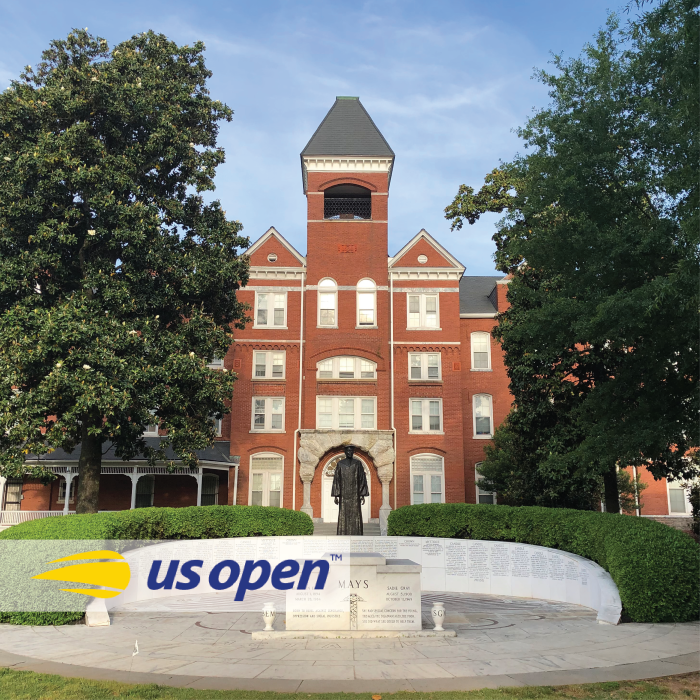
Excerpt from “American Tennis Association and HBCUs Share Rich and Vital History,” by Craig Ellenport at usopen.org
When Willis Thomas, Jr. attended his first American Tennis Association National Championships in 1954, he was just 11 years old. Another kid he didn’t know came up to him and asked if he wanted to play doubles—a kid named Arthur Ashe. They played together, they won, and they stuck together for years after that. In addition to developing a lifelong friendship with Ashe, who would go on to become a tennis Hall of Famer, Thomas also became a lifelong supporter of the ATA, whose mission is to promote the sport of tennis among African-Americans.
“I’ve actually been involved in ATA ever since then,” Thomas said last month during an ATA virtual conference called First-Love. Thomas talked about working with African-American youth over the years, and noted that offering the carrot of a trip to the ATA Nationals was enough to make kids work hard and stay disciplined.
“Like myself, kids did not want to miss that tournament, so I got more out of my kids just from the ATA Nationals than I did from anything else I did. Not to mention the social aspect of the tournament. The kids just want to play, and they’re gonna meet a whole bunch of kids just like themselves.”
The first ATA National Championships were held in 1917, one year after the ATA was founded. It was a pretty big deal, especially since African-Americans at the time could not compete in the U.S. National Championships, the precursor to the US Open.
Hall of Famer Althea Gibson, a product of the ATA, became the first African-American to compete at the event in 1950. Seven years later, Gibson won her first of back-to-back U.S. National titles.
“Althea was the number one player in the world in 1957, when I was 10 years old,” said ATA historian Art Carrington. “So I thought tennis was a Black game.”
“All my life, people would ask me how I got started in tennis,” he said. “And when I told them, I always thought tennis was a Black game. I never saw a white player. I started at a small Black tennis club in New Jersey, and there was a plethora of these small clubs. …It wasn’t until I left my community as a tennis player for tournaments that I was hit with the fact that I was an anomaly.”
Just as the ATA was a product of racial inequality, so, too, was the formation of historically Black colleges and universities. Not surprisingly, the ATA and HBCUs struck a relationship that has been vital for a century.
That first ATA National Championship in 1917 was held at Druid Hill Park in Baltimore. However, because African-Americans were not allowed in most hotels at the time, it was difficult finding suitable locations to hold the event. Some of the HBCUs, including Hampton Institute (now Hampton University), Morehouse College, Central State and Lincoln University, stepped up. They had the tennis courts and sufficient housing space to host the Nationals.
On top of that, many of the founding ATA members were HBCU alums and administrators.
As noted on the ATA’s website, “the college administrators were delighted to have so many prosperous and potential donors, affiliated with their campuses. The ATA national soon became one of the most anticipated social events of the year in the Black community.”
“The relationship between the ATA and the historically Black college and universities is a long, storied relationship, a long, storied history,” said Esu Ma’at, who moderated a panel of HBCU tennis coaches during last month’s virtual sessions. “And by and large, the ATA may not exist today, or at least the ATA National Championships may not be the tournament we know of today were it not for its early beginnings on the HBCU campuses.”
Read the full story at usopen.org. The US Open begins Monday, August 31.